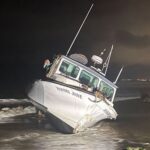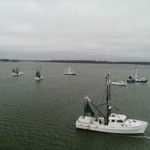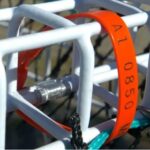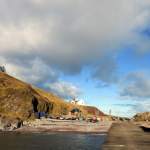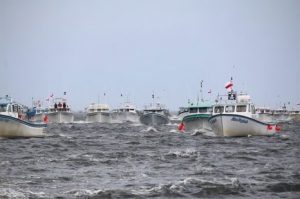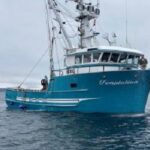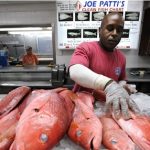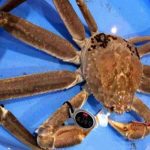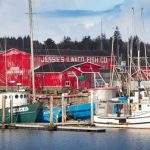FISH-NL pleased with DFO move to increase seal licences; first step in addressing population
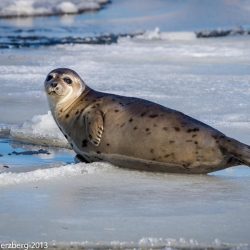
FOR IMMEDIATE RELEASE Wednesday, Feb. 20th, 2019
The Federation of Independent Sea Harvesters of Newfoundland and Labrador (FISH-NL) is encouraged that Fisheries and Oceans has finally moved to increase the number of commercial seal licences — the first step to combating the massive population.
“You can’t have a seal hunt without sealers,” says Ryan Cleary, President of FISH-NL. “We see this as the first step to getting where we need to be — with a full-scale hunt that removes millions of harp seals from the ecosystem, and restores balance.”
DFO issued an advisory to harvesters earlier today to say that new applications for commercial assistant sealers will be considered. As well, professional Level 1 and Level 2 harvesters who held a commercial assistant seal licence in 2018 will be upgraded to professional.
The Harp seal population in the northwest Atlantic was last estimated in 2012 at 7.4 million animals — almost six times what it was in the 1970s. The impact of the harp seal population on Newfoundland and Labrador fish stocks has been enormous: In 2017, the entire fishery landed just under 200,000 tonnes of all species — representing 1.6 per cent of the estimated 12.5 million tonnes consumed by harp seals,.
Meanwhile, federal statistics reveal the number of commercial sealing licences plunged in Newfoundland and Labrador to 4,558 in 2017 from 11,146 in 2009.
A full assessment of harp seals in the northwest Atlantic — including the latest population estimate — had been slated for last fall, but has been rescheduled for the fall of 2019 when the National Marine Mammal Peer Review Committee is expected to meet.
Harps seals feed on cod, caplin, crab and shrimp, the commercial quotas for which are all down, with Atlantic salmon at an all-time low. Seal predation isn’t factored into scientific assessments for stocks such as crab and shrimp.
Groups in British Columbia have called for a cull of the estimated 110,000 harbour seals and sea lions off that province for the impact they’re having on Pacific salmon stocks.
Meantime, while DFO’s website states that harp seals found off eastern Newfoundland and Labrador are not a “significant factor” in the lack of cod recovery to date, the same site states that the estimated 505,000 grey seals in the Gulf of St. Lawrence are a “major factor” limiting cod recovery in the southern Gulf.
Contact: Ryan Cleary 682 4862

































